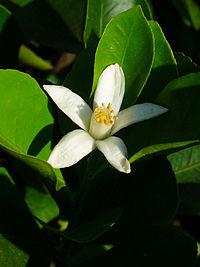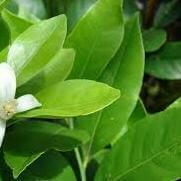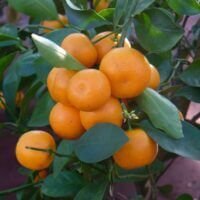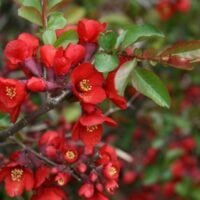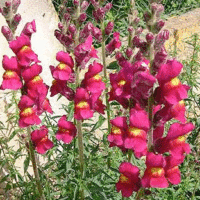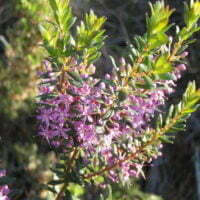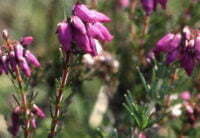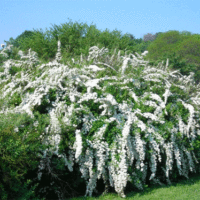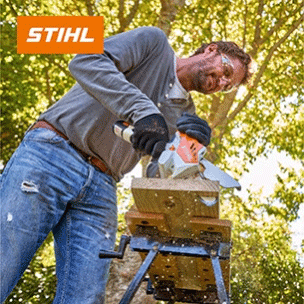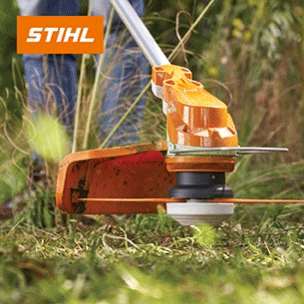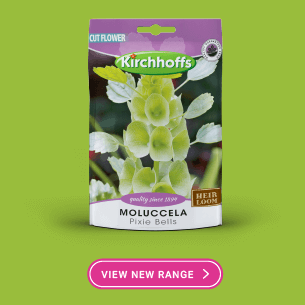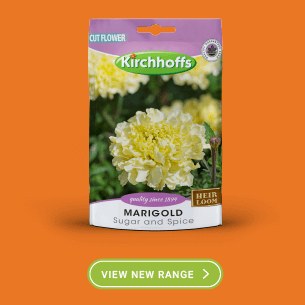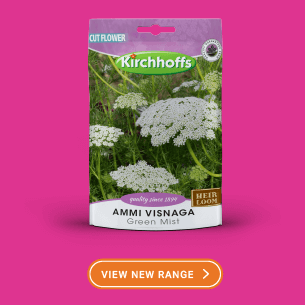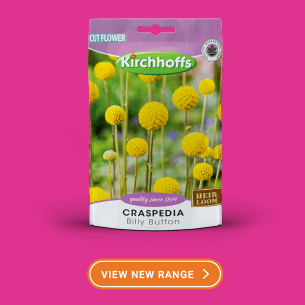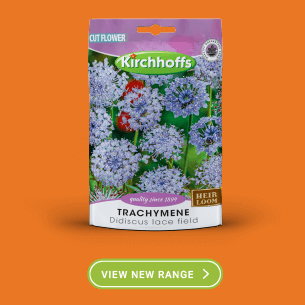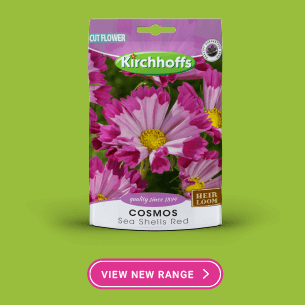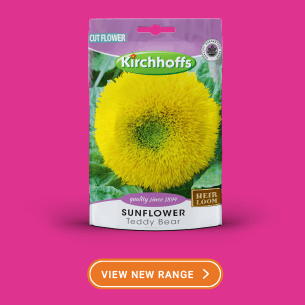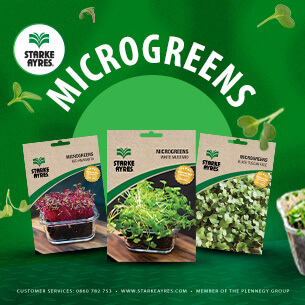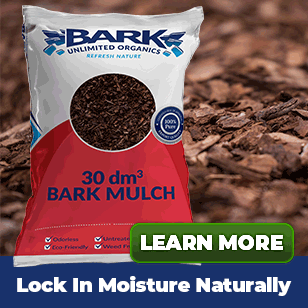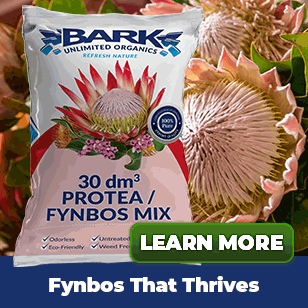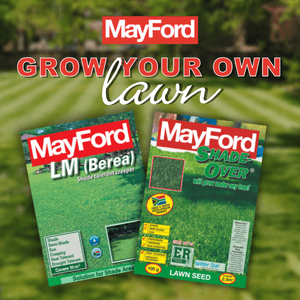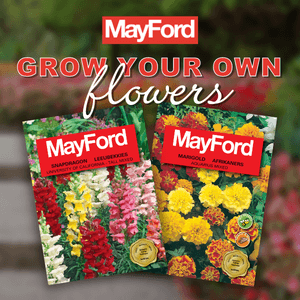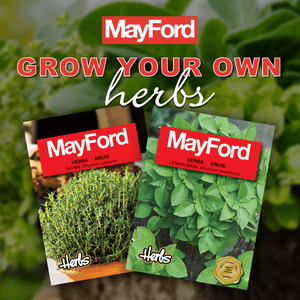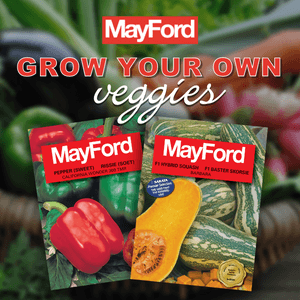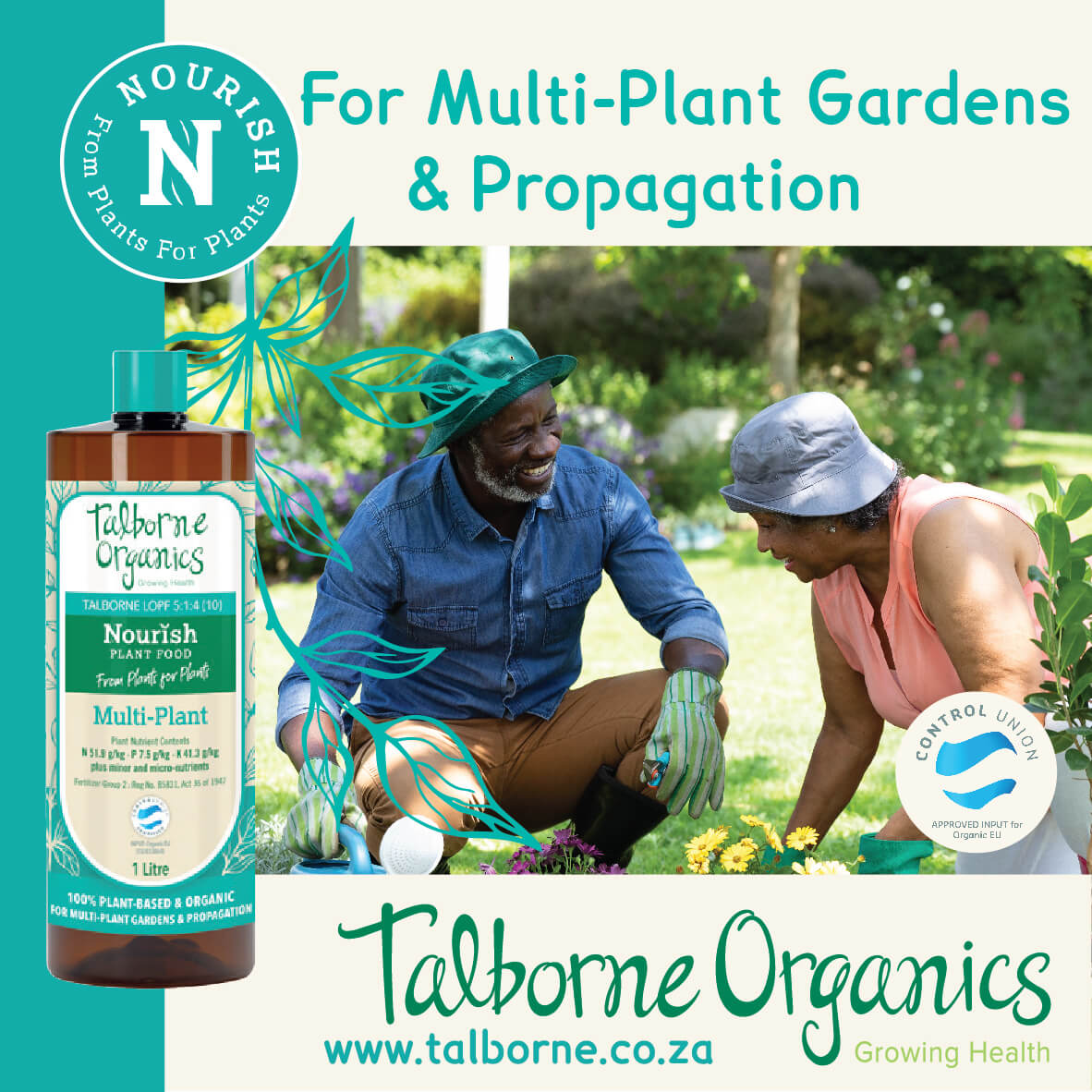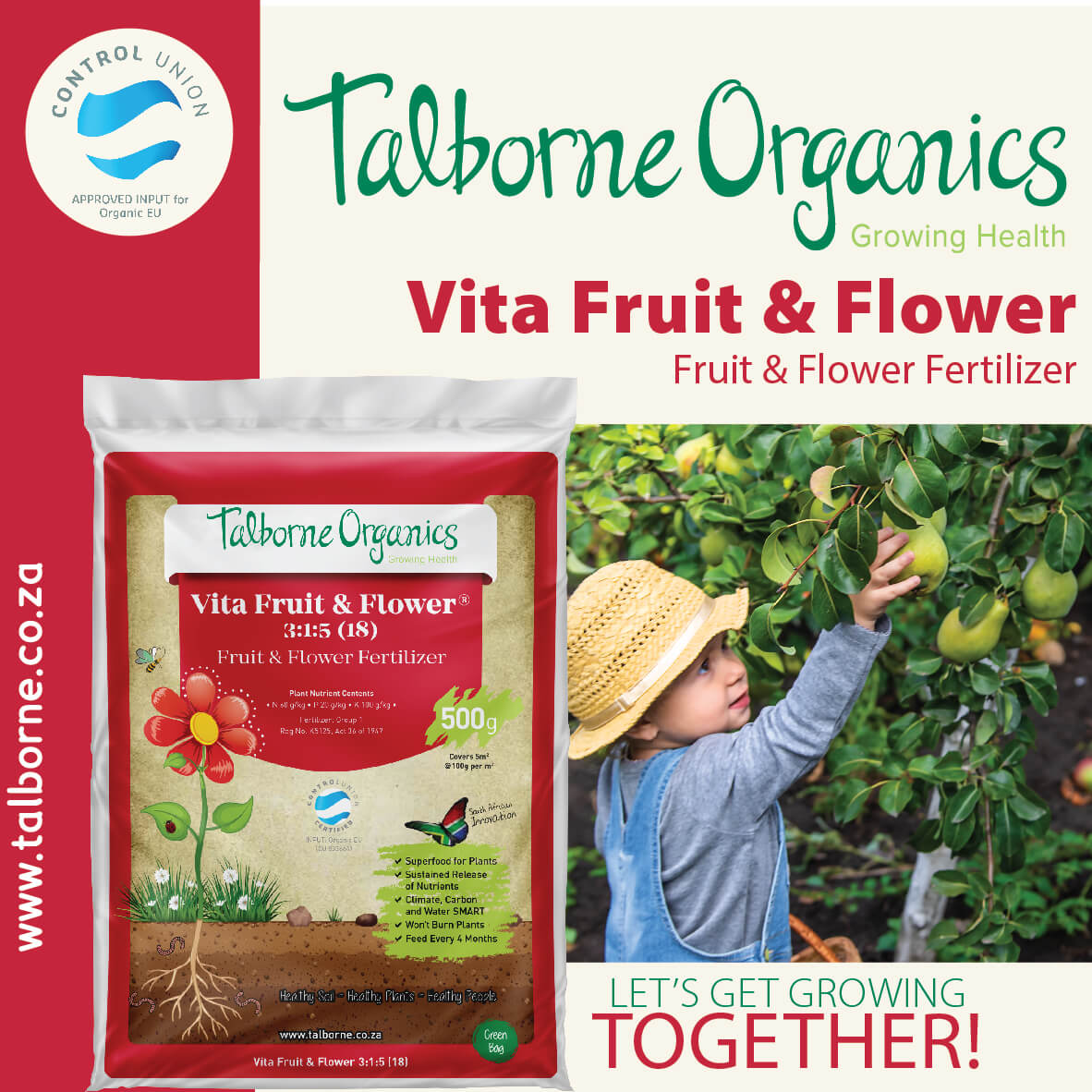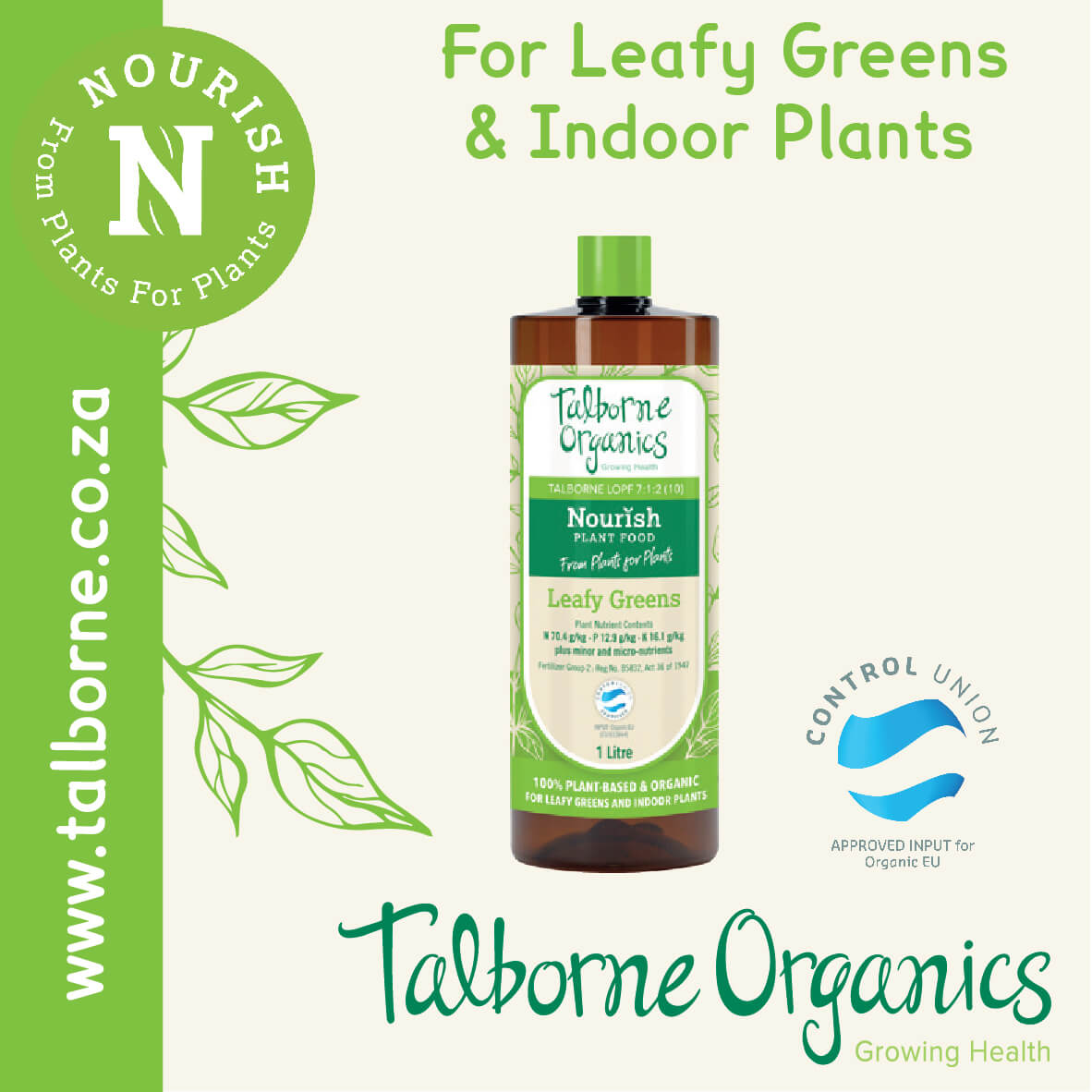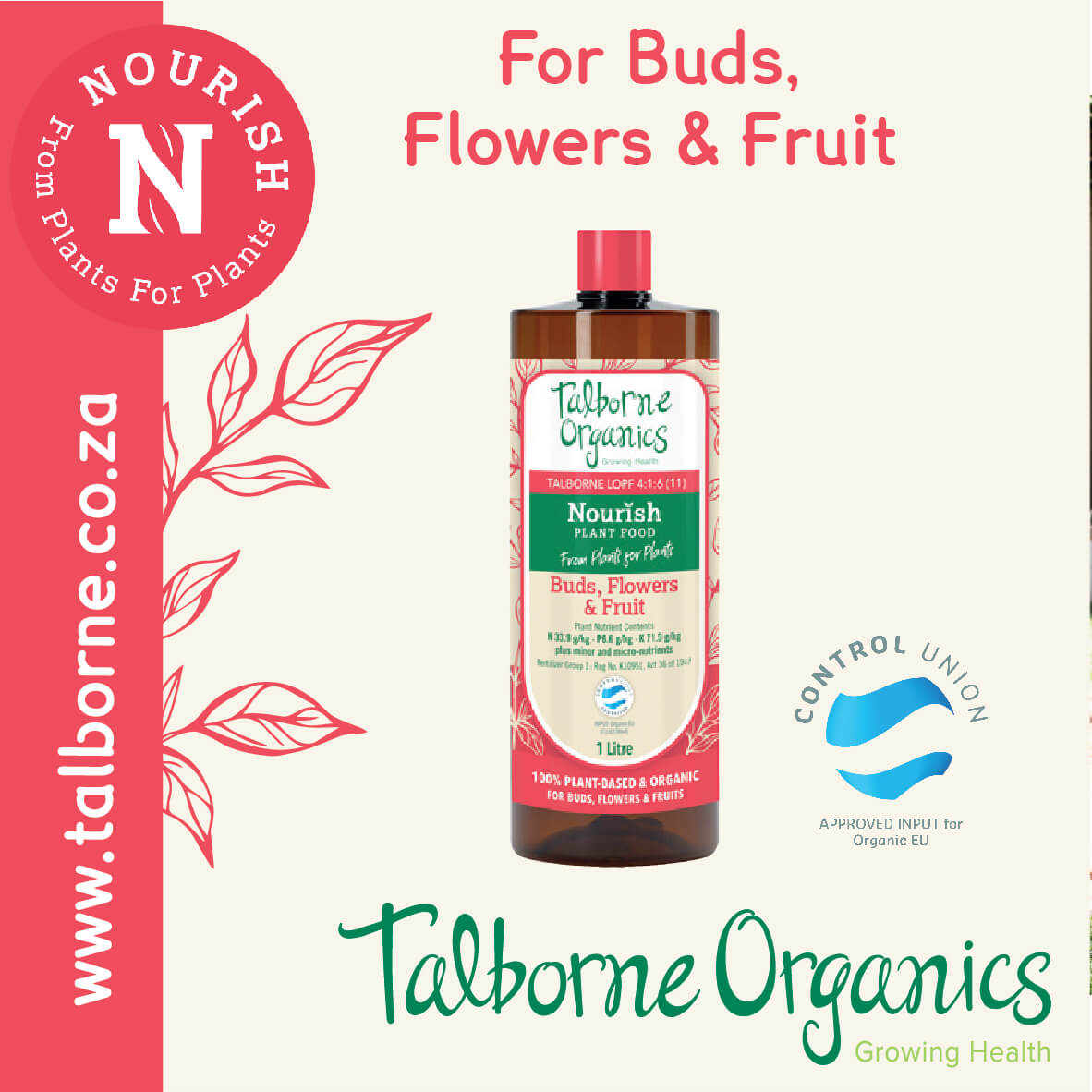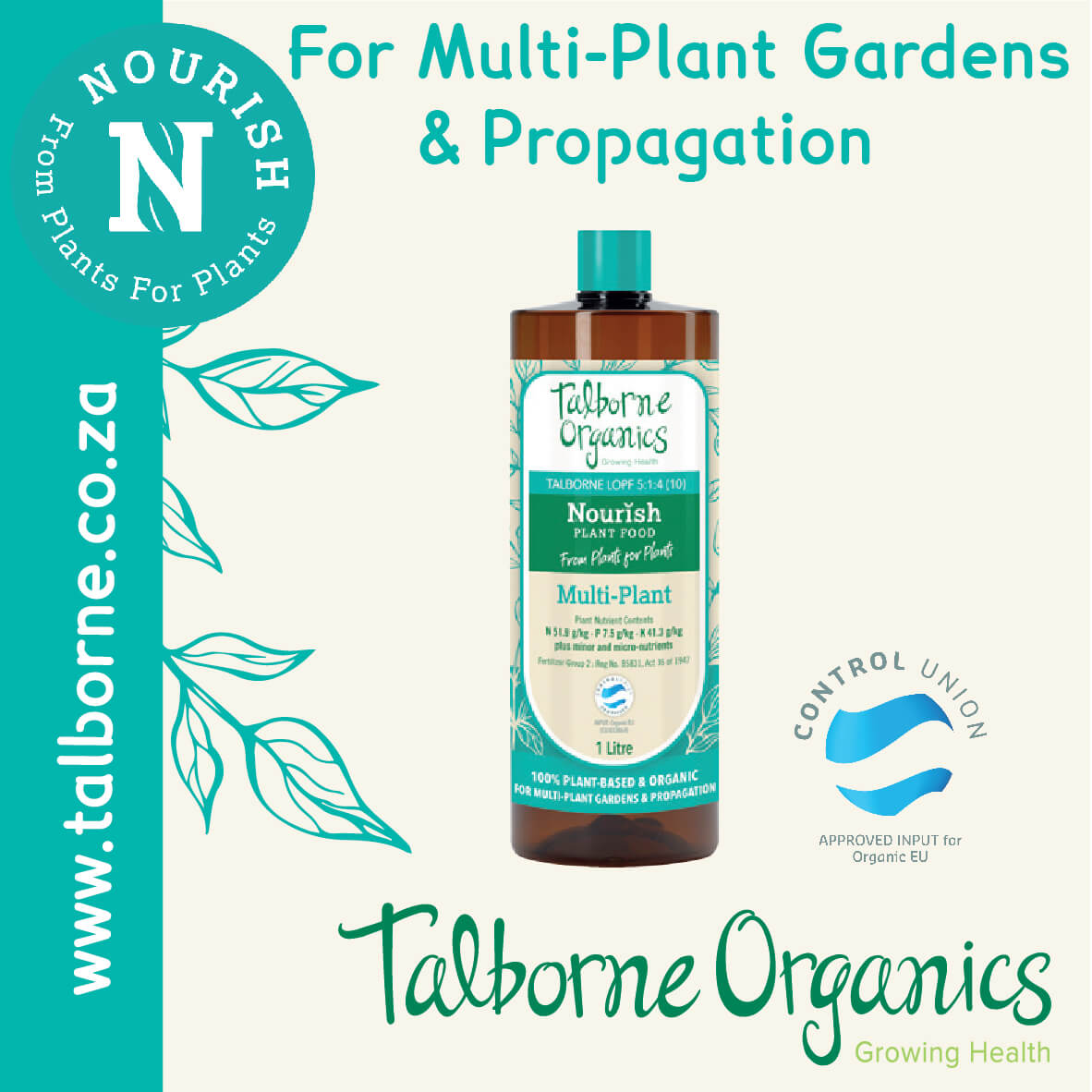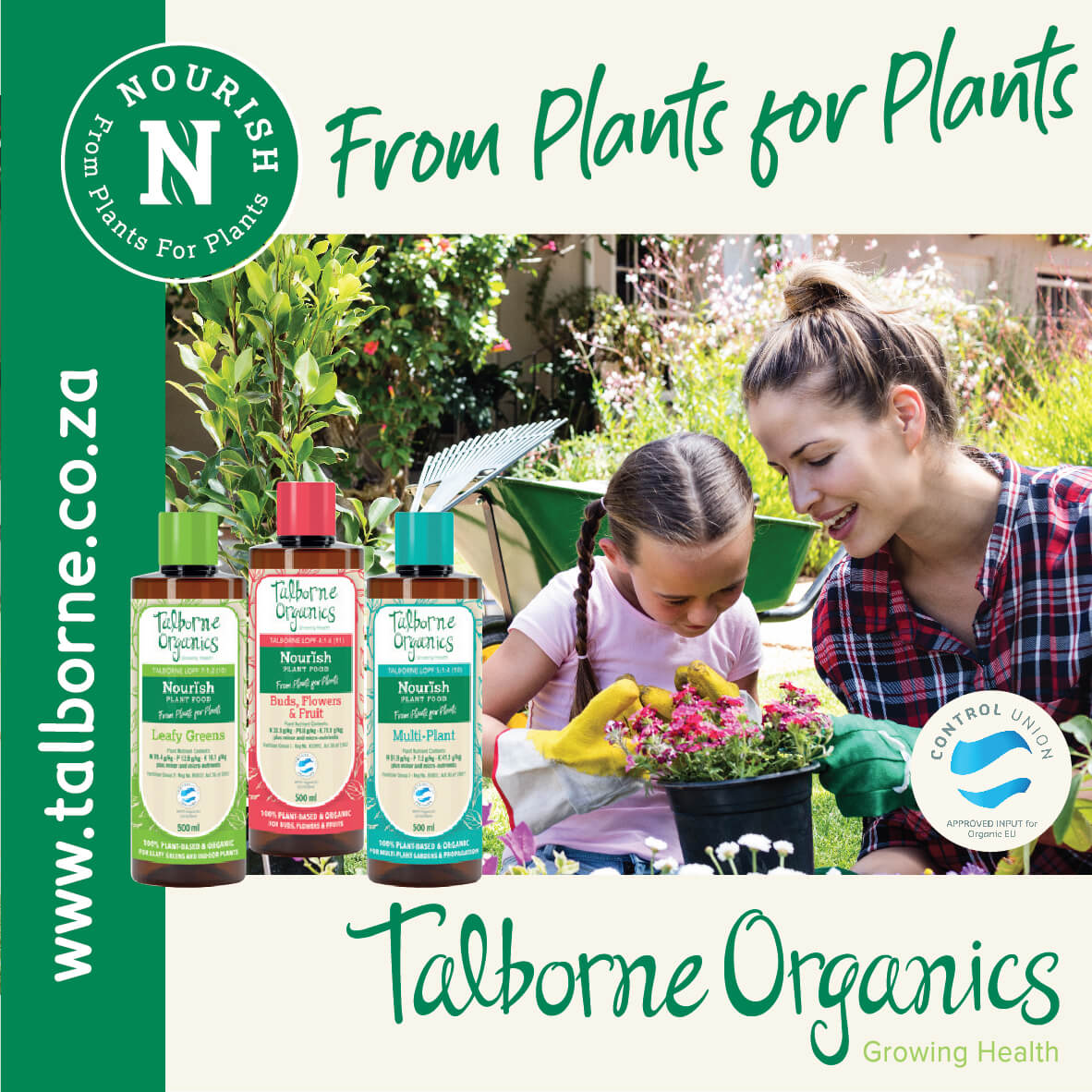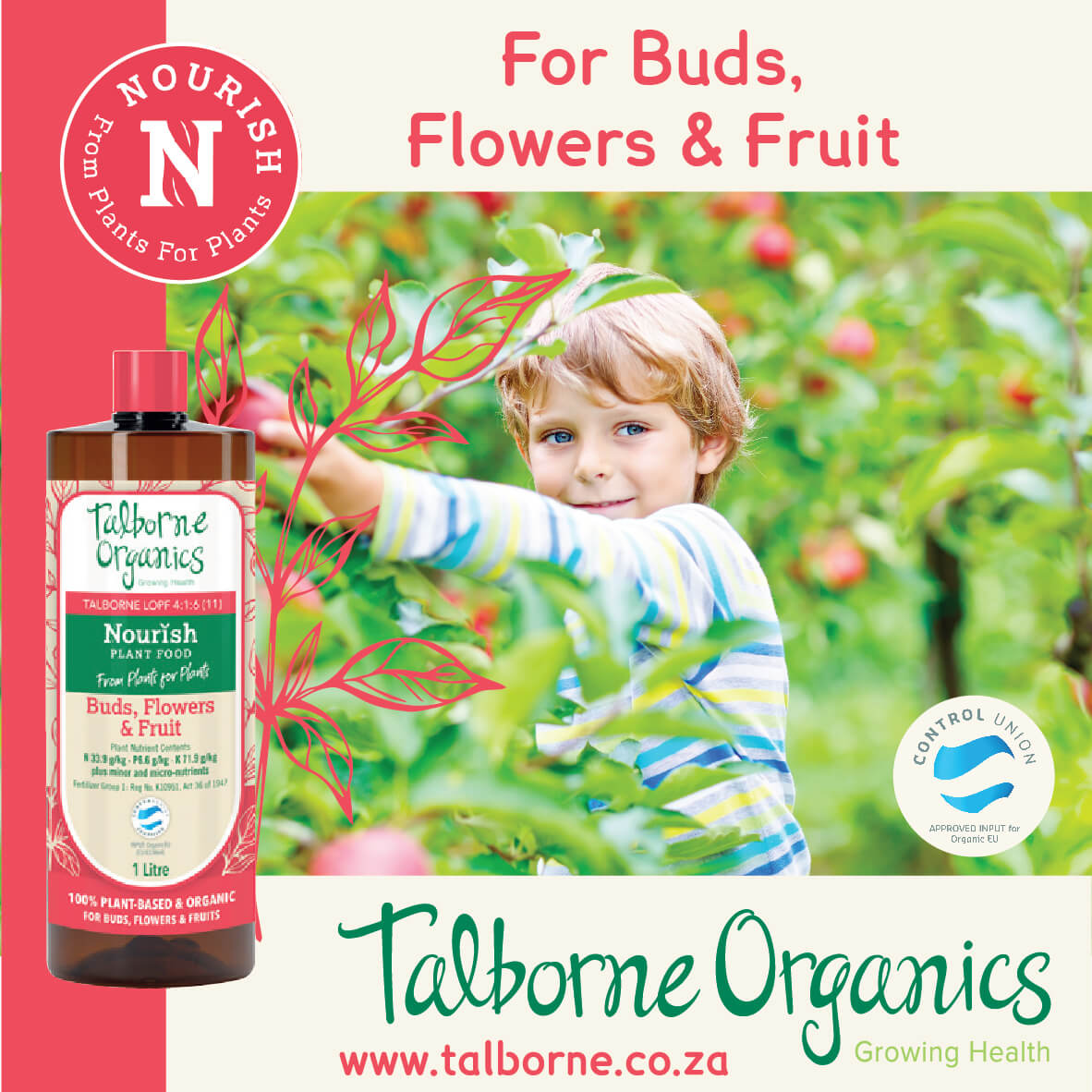| Botanical name | X Citrofortunella mitis |
|---|---|
| Plant Care |  Full Sun Full Sun – Prefers 6 or more hours of sun per day.  Semi Frost Hardy Semi Frost Hardy – Is Able to Survive Moderately Low Temperatures.  Moderate Watering Moderate Watering – Requires Regular Watering.  Pruning Required Pruning Required – Needs to be Pruned. |
| Size | |
| Categories | |
| Flowers | This shrub is always either in flower or fruit. |
| Common name(s) | Calamondin orange |
| Origin | |
| Uses in landscape design | A fine container subject for poolside pots, patios or decks, and a very good focal point in the herb garden. |
| Planting instructions | Planting: Dig a hole 60cm square and deep. Mix two thirds of the topsoil with one third compost in the bottom of the hole, add one cup of bone meal or superphosphate and mix well. |
| Uses | The fruit can be used to make marmalade. |
| Recommended varieties | X C. mitis ‘Variegata’ (variegated calamondin), is similar but, as its name suggests, it has cream and green variegated foliage, with green-, yellow- and orange-striped fruit in July. |
X Citrofortunella mitis (Calamondin orange)
- Botanical name: X Citrofortunella mitis
- Common name(s): Calamondin orange
- Categories: Shrubs and Perennials
Plant description:
This dwarf citrus plant, which originated from crossbreeding a kumquat with a tangerine, is a beautiful little tree and makes an excellent ornamental container subject for patios or decks. It bears small, orange-coloured fruits, like mini-oranges, that ripen during July. It is always either in flower or fruit, which shows up strikingly against the dark green foliage. It does very well in subtropical areas. There is also a variegated form. The edible fruits are often sour and are used mostly for preserves or in Southeast Asian dishes.
Family: Rutaceae
Synonym: Citrus x Fortunella
Botanical Pronunciation: sit-roe-for-chew-NELL-uh MIT-iss
X Citrofortunella mitis requirements and features
info on these icons
Moderate Maintenance
Requires moderate maintenance.
Prohibited Use Notice: No Data Scraping Allowed Except for Search Engine Indexing:
The content provided on PlantInfo.co.za is intended for personal, non-commercial use only. Unauthorized extraction, reproduction, or use of the data, including scraping, for any purpose other than search engine indexing is strictly prohibited. Violations of these terms may result in legal action. By accessing and using this website, you agree to comply with these conditions and acknowledge the legal restrictions on the use of our content.
This shrub is always either in flower or fruit.
